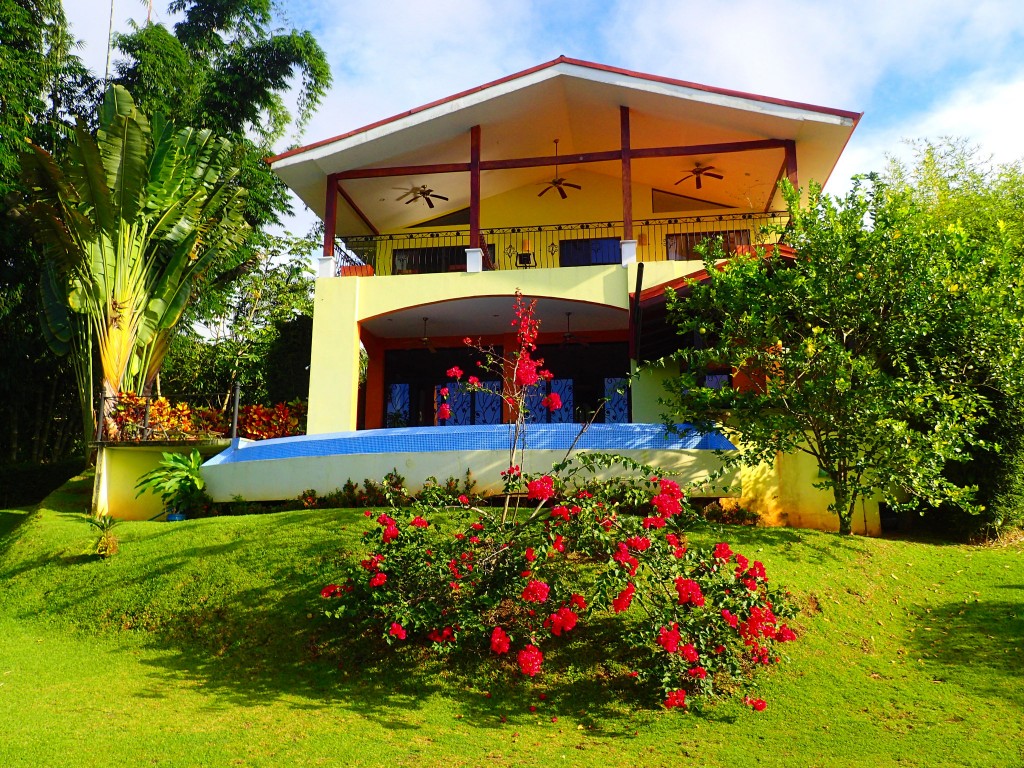
Yesterday I wrote a post about time on the market, inspired largely by a conversation I had with a Facebook page fan.
I couldn’t stop thinking about certain aspects of that conversation as they relate to the dynamics of Costa Rica real estate pricing.
So, I decided to write another post…
One thing that my friend said that made me think harder on this issue is that he believed that there was a supply and demand imbalance (supply exceeding demand) that made it likely that Costa Rica real estate prices were too high.
Let’s explore that a bit further…
Of course, you are well aware of how supply and demand for a product, like real estate, affects pricing…
When supply exceeds demand, prices tend to be suppressed. In real estate terminology, we’d refer to that situation as a “buyer’s market”, since good deals can readily be found.
When demand exceeds supply you have the opposite situation and prices for real estate go up, giving rise to a “seller’s market”, or a hot market.
Where are we with respect to Costa Rica real estate pricing right now, you ask?
The answer to that is very location-specific. Since I work the southern zone, I will focus my answer on that area.
I like to divide the southern zone up into two distinct markets, one for mountains and the other for beaches.
The mountain market is the Perez Zeledon/San Isidro de El General market. I have written in the past about this being an up-and-coming market that I believe will grow into one of the strongest in Costa Rica. However, right now I would describe the situation in the mountains as a buyer’s market.
That buyer’s market situation is gradually changing and that change can be more clearly seen in prices for commercial properties, especially in the city-proper of San Isidro de El General, as well as the outskirts adjacent to the Pan American highway. Deals have been happening at very high prices per meter squared, like a recent downtown deal that went for around $1,250 per meter squared, as well as the property Walmart bought for over $200 per meter squared.
I would nevertheless still describe the situation for residential land and homes as being very much a buyer’s market. Good deals can still be had and owners frequently can be seen lowering their prices to attract more buyers.
The beach market is a different story. Down there properties are staying on the market a much shorter time than in the mountains. I have seen properties get flipped for large profits. In fact, this has the beginning shades of what could become a speculative or overheated market. I don’t think we’re quite there yet, however.
For one thing, our southern zone beach market could not be remotely described as “high-density.” There is good product hidden in the hills that hug the coast, but there is a limited supply of it. It is definitely a situation down there where demand exceeds supply, thus giving rise to increasingly higher prices being paid for properties.
One thing that complicates the analysis on Costa Rica real estate pricing is the fact that often there can be two parallel markets to evaluate, especially in a place like our southern zone. There is the tico, or local, market and then there’s the foreign, or expat, market. What’s happening in one market can have spill-over effects in the other.
For instance, the mountain market is already experiencing more growth in the local market than it is in the expat market. I have seen prices going up for small residential lots that locals are buying and building homes on. Whereas, homes that tend to be priced out of the local market and more towards foreigners are staying on the market longer and often owners are having to lower their prices to attract attention. The beach situation has less of this effect. There is really only one viable beach market and that one is definitely priced for foreigners. I would guess that the situation in a major urban area like San Jose is different and that these two markets are predominantly merged into one.
The post I wrote yesterday took the position that time on the market is not a wholly reliable indicator of proper pricing. That is especially true for North Americans who tend to compare time on the market in the U.S. to Costa Rica. The post yesterday explained why that is not a valid comparison.
This “time lapse” is of course reflected in the relative liquidity one asset or product has versus another. For instance, the time lapse is probably shortest for a financial asset like a share of stock, versus being much longer when it comes to a slower moving asset like real estate. And that is especially true when it comes to Costa Rica real estate.
Nevertheless, the mere fact that a property has been on the market over a year is not a valid indicator of it being over-priced. It is very common for good and properly-priced properties to stay on the market that long. In fact, the average for time on the market in our southern zone area is even a bit longer, at around 1.5 years.
Costa Rica real estate pricing is not an exact science. We do not have a reliable MLS service down here and realtors pricing properties generally go on gut (or experience), as opposed to hard data. Quite often they’ll go with whatever the owner of the property tells them. Thus pricing can and often does have unrealistic expectations, or sentimental value, built in. In those cases, time on the market can really get stretched out. If you see a property that’s been on the market for over 2, or even 3, years, that could very well be the case.
An understanding of the supply and demand situation in a given market is a good way to judge Costa Rica real estate pricing. Does the price of a particular property reflect a buyer’s market or a seller’s market? What is the actual market situation?
Those are all valid considerations. And time on the market is also a valid consideration.
I just wanted to make sure that point didn’t get clouded into obscurity in yesterday’s post.


